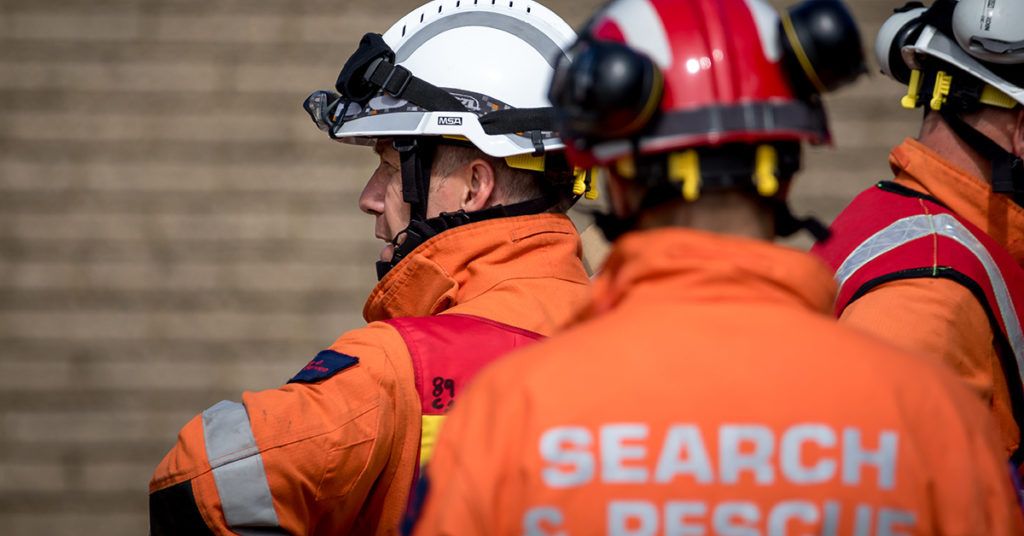How prepared is your business for a genuine emergency?

In the last few weeks, we have seen reports of Meadow Hall shopping centre flooding, trapping hundreds of shoppers, and a mid-performance ceiling collapse at the Piccadilly Theatre, requiring an emergency evacuation of the audience. Health & Safety and Business Continuity Managers throughout the UK must be checking the procedures they have in place even more thoroughly than usual, hoping their business isn’t the next to hit the headlines.
Using innovative advances in communication technology we can help businesses to improve their preparedness in raising the alarm and co-ordinating a response to incidents.
Be alert to the issue
Are you aware that it’s possible to connect alarms and building management systems to your radio systems and to automate alerts to radios and mobile devices?
The integration of fire and smoke alarms is the obvious application, but other systems can be integrated, depending on what the business perceives to be its most likely threat, including gas detectors, entry alarms, temperature monitors, weather monitors, MCM equipment.
Co-ordinate an effective response
We can design a communication system for your business that will help you to react as quickly as possible should the worst happen.
Radio networks are accepted as being more robust than cellular or Wi-Fi for critical communications. However, cellular and Wi-Fi can be valuable in extending the coverage of your radio system, enabling you to connect radio users with other people not on the network, to co-ordinate radio users from off-site and to track their locations.
Is your current two-way radio system good enough?
Find out with six simple questions
1. Does your system track and record the movement of patrolling staff using wireless beacons providing 3D location?
2. Does your system record details of every spillage or accident reported together with details of when the cleanup team or security staff responded? This information may be pivotal in defending ‘slip and trip’ claims.
3. Does you system alert you if the radio user falls or is knocked over (Man Down), or fails to respond to an alert (Lone Worker)? These functions improve worker health and safety and may provide a warning of an incident.
4. Does your system interface with fire alarm panels and enable you to identify which zone an incident is taking place in so that you can isolate that area with shutters and minimise the number of retailers affected by any shut down required?
5. Do your radios have Priority Interrupt, which enables managers and security officers to interrupt all calls on the system should they need to relay critical information or co-ordinate an evacuation?
6. Do you have a second control room that can quickly be brought into play should the main control room be compromised, and can managers access the system from tablets?
If you didn’t answer YES to all six questions and you’re interested in knowing more about CSE Zycomm two-way radio systems get in touch.